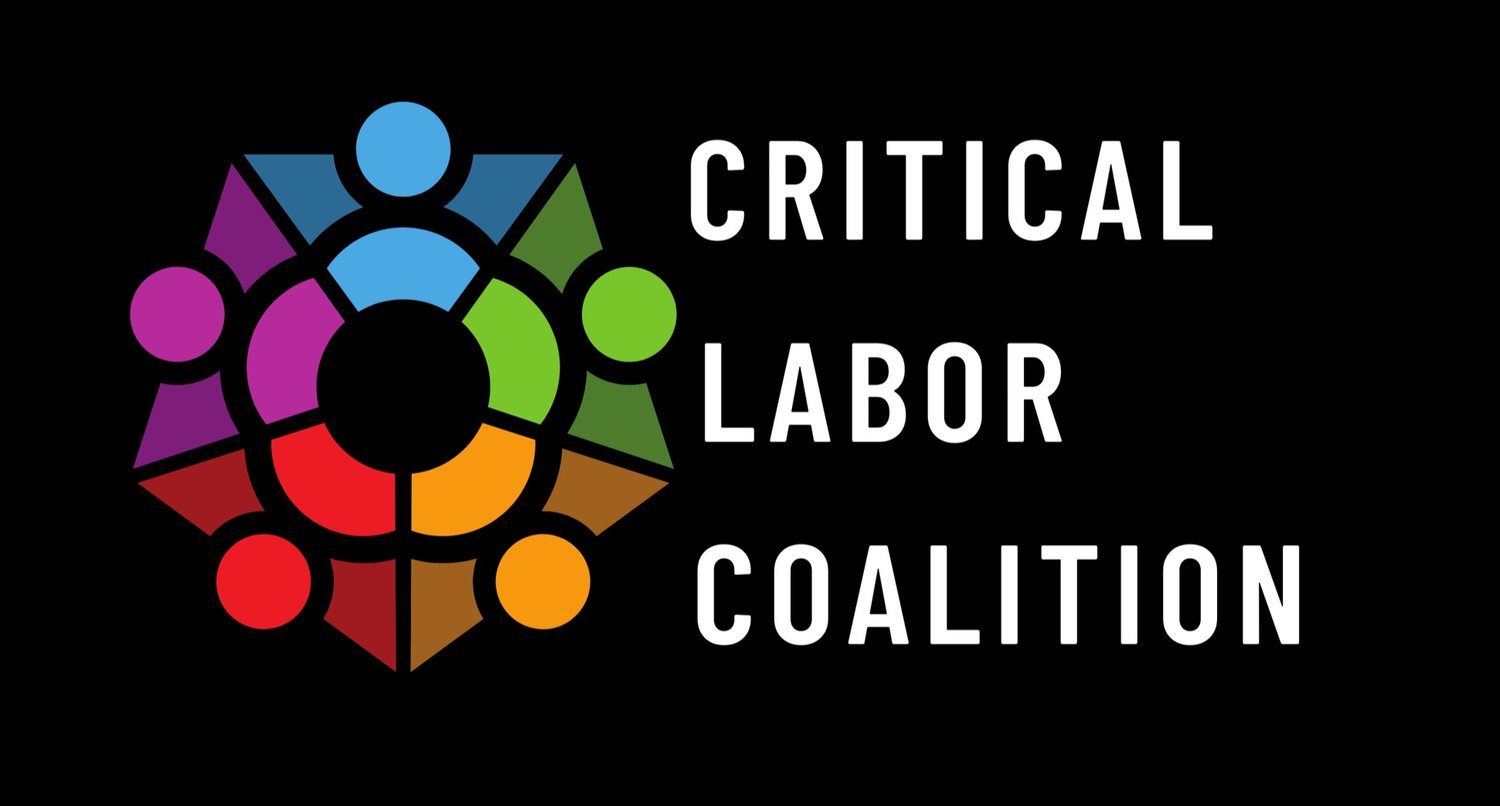Key Labor Market Trend: A Shortage of Workers and Skills
Our conversation with Public Affairs Director E.R. Anderson of national staffing agency and Critical Labor Coalition member, Randstad USA, emphasizes the current workforce crisis as well as solutions available both in and outside of Washington, D.C.
The most recent JOBS report shows - and additional data confirms - that- employers do not have enough workers to fill the nation’s current job openings, nor will we any time in the near future, without significant reforms across the spectrum of worker-related legislation and policy.
“Talent scarcity will be the key labor market trend for years to come. Fewer people will be doing more work,” says E.R. Anderson, Public Affairs Director at Randstad USA, a staffing agency managing a workforce of nearly 90,000 each week in the U.S.
The latest job report supports Anderson’s assertion as the number of job openings continues to increase, while the unemployment rate remains steady at 3.7%
How Did We Get Here?
Covid-19 related life choices, health risks, early retirements, family care, restrictive immigration laws and workforce trends have led to a national labor shortage affecting nearly every industry. The lack of workers is both a result and the cause of even further economic strife as business owners across the country struggle to fully staff storefronts.
The Skills Gap
It’s not only the lack of individuals looking for employment, but a significant skills gap that’s increasing the strain on employers during the hiring process. “Potential employees often do not have the skills employers are looking for and demographics are not on our side. That means Randstad must cast a wide net for talent to include senior workers, those in need of a second chance, people who have been out of the workforce due to caregiving responsibilities, and others,” explains Anderson.
A Legislative Solution
There are several ways in which Congress can help address the workforce shortage issue. - one is through tax policy which encourages those who enter or reenter the workforce. The Earned Income Tax Credit (EITC) Age Parity Act was introduced by Congresswoman Judy Chu and expands the age limits for eligibility of this work-related tax incentive. A Nixon era tax credit, the EITC was designed to support low-income workers by reducing the impact of federal payroll and income taxes.
Currently, the credit includes age restrictions for workers without children: only kicking in for workers between the ages of 25 to 64. The result is young workers ages 18 to 24 who may have dropped out of school or who have a high school diploma and no family support, are ineligible for the credit. Similarly, workers over 64 who may have a very small Social Security benefit and need to continue working are also excluded.
In a panel hosted by the Bipartisan Policy Center, former House Speaker and Vice Presidential Candidate, Paul Ryan, spoke in support of expanding and improving the EITC and recalled his time in Congress as one where he “worked feverishly to expand the EITC.”
Ryan added, “If you're pushing for a society that is known (for) upward mobility and you're striving (...) for equality of opportunity, the best tool in the arsenal that we have today is the EITC. So then the question is: How do we make it better?”
JPMorgan Chase CEO and Chairman, Jamie Dimon, echoed Ryan’s sentiments, “if you look at (the EITC), I think it’s as much of a no-brainer policy as any I've ever seen.”
The data supports their claims. Widely credited with reducing poverty for millions of entry-level workers, especially single mothers, the credit was claimed on 1 in 6 federal income tax returns in 2018.
Bridging the Gap
In addition to legislative solutions, organizations like Randstad are promoting and implementing hiring practices that help to bridge both the worker and skill gap in today’s labor market. “We are doing our part to help vulnerable populations with career readiness training through our Transcend and Hire Hope programs. And there are many community partners and educational organizations committed to skilling and retraining,” Anderson notes hopefully.
To learn more about the EITC, the Critical Labor Coalition (CLC) or the labor shortage, contact CLC at info@clcoalition.net or via phone at (202)674-1174
